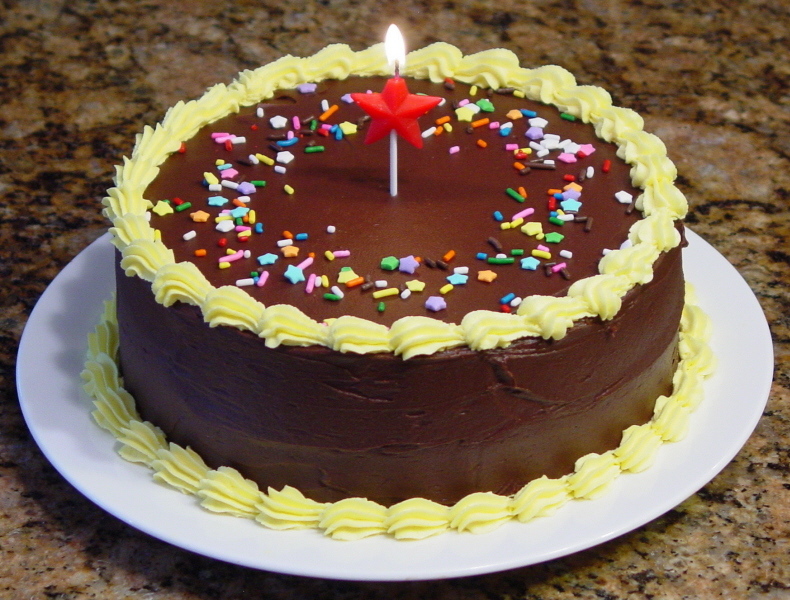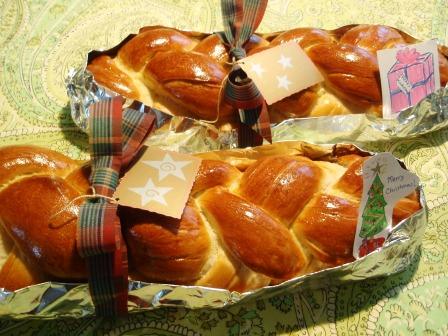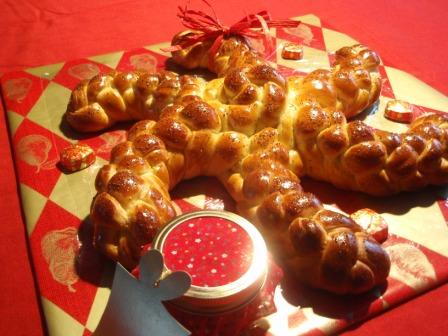Sourdough Sandwich Bread
Clint is doing well. Tried making a sandwich bread using sourdough starter. Heres what I did.
2 Nights before:
Added about a cup of whole wheat flour and half a cup of water to half a cup starter (100% hydration)
Day 1:
Added a cup of whole wheat flour, a cup of white whole wheat flour and a third cup of AP flour, 1.5 cups of water, 2 tsp salt, 1 tablespoon each butter and sugar.
- Log in or register to post comments
- 6 comments
- View post
- Smita's Blog






